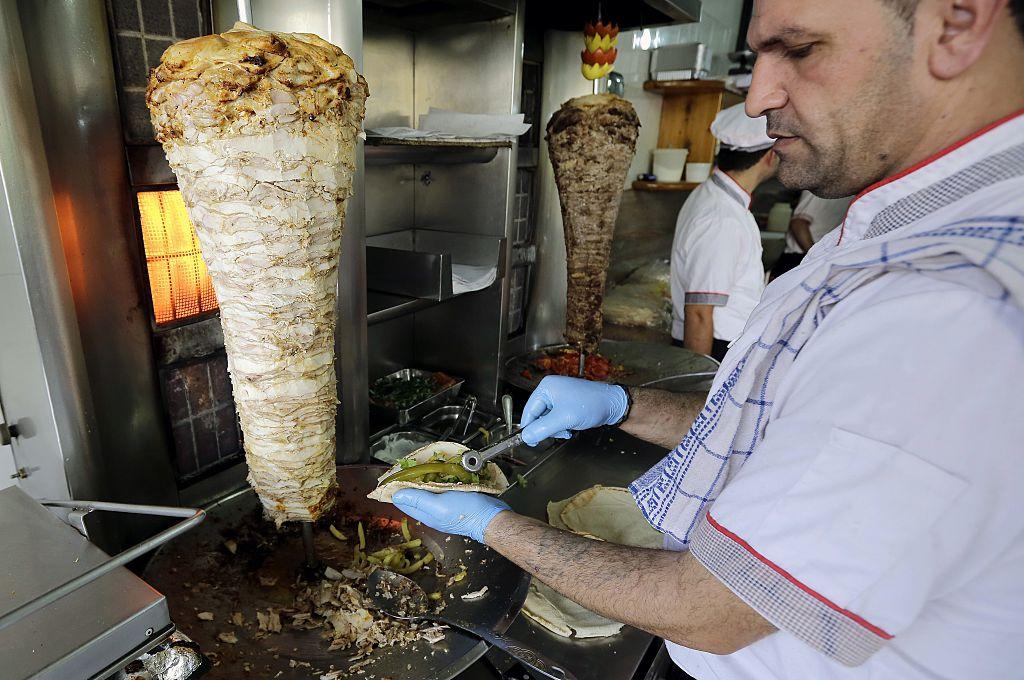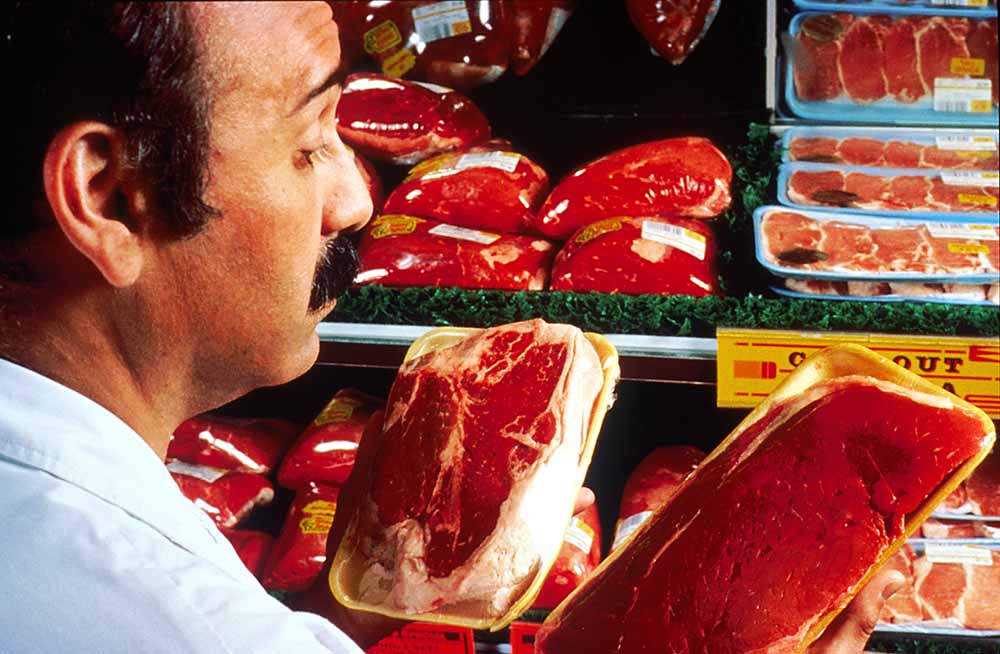Everyone remembers their first time. That painstaking process of being certain you’ve found the one. That awkward tussle with a soon-to-be discarded wrapper. That feeling deep in the pit of your stomach that’s promptly replaced by an indescribable satisfaction. Your first shawarma is an event that truly shapes the rest of your life.
Unfortunately, it seems that too many people in the UAE can’t even remember the last time they had one of these delightfully greasy wraps. This is something definitely not aided by the fact that almost half of all shawarma outlets in Dubai were banned from selling the food late last year. Once a staple of everyone’s late-night diet, it seems that the shawarma has become lost in the shuffle amongst the endless range of cuisine on offer in the Emirates.
A dish found all over the Middle East, North Africa, and various parts of Europe, multiple countries have laid claim over the centuries as to having originated the humble shawarma. The Greeks may call their version a ‘gyros’ and the Turkish might have christened it the ‘doner’ kebab, but the meaning remains very much the same behind this shaved meat wrap. Just as ‘shawarma’ in Arabic is a verb that literally means “to turn”, the likes of the ‘gyros’, ‘doner’, and even the Armenian ‘tama‘ are all native variations of the word for turning.
We certainly can’t dispute that there’s something hypnotising about grilling a piece of meat on a skewer, with some historians going as far as to suggest that even the ancient Greeks cooked their very own version of shawarma.
Weighing in on what is perhaps the greatest grilled meat-related argument of the ages, the Cambridge World History of Food contends that the Middle Eastern shawarma we all know and love was actually invented in the 19th century by a Turkish cook named Hadji Iskender. Although a Turk may have originated it, we like to think that the UAE has managed to perfect the shawarma ever since.
A mixture of chicken breast, thigh, and what is likely a more than generous helping of delicious mystery meat, you simply won’t find a more satisfying meal at such an affordable price. Although we use the term affordable, which it undoubtedly still is, we can’t help but get dewy-eyed about the days where the very concept of paying more than Dhs5 for a shawarma would have been dismissed as pure fantasy. Call us shawarma sentimentalists if you will but the fact that a “small” will now set you back Dhs10 as a bare minimum at some locations nowadays is an absolute atrocity.
With Donald Trump as president, 2017 hasn’t exactly been the best of years so far. On top of all that, 2017 has been an even worse year to be a shawarma fan. Not only have prices been steadily increasing but recent research has also found that the shawarma has been overtaken as Dubai’s preferred takeaway of choice by salad. Yes, salad.
A dish that was once relegated as an unwanted side is now considered the nation’s favourite. How depressing is that? Now, we’re not saying salad is bad. It can actually be really nice on occasion. We’re just of the opinion that it’s a whole lot nicer inside a pita surrounded by beautifully charred meat and a slathering of sauce. Y’know, like all good things in life are.
If you needed any further proof that the health police are out to ruin everything we hold dear, just take a look at this abomination of a cauliflower shawarma that London restaurant Haggerston’s Berber & Q have concocted:
Can't wait for that cauliflower??! Don't worry, @SHAWARMABAR is open for lunch 12-3pm pic.twitter.com/2J9kAj7NIh
— BERBER & Q (@BERBERANDQ) August 3, 2017
Let us just reiterate that for you: they’ve made a cauliflower shawarma. A shawarma. Filled with cauliflower. A cauliflower shawarma. I have not witnessed a more offensive arrangement of words in my entire life. Cauliflowers and shawarmas do not belong on the same menu, let alone should they be allowed to become bed-fellows in the very same pita.
How someone likes their shawarma can often tell you a great deal about that person, so rest assured when we tell you that a predilection for cauliflower is a pretty good indication of unsound mind.
Aside from the always welcome addition of grilled meat, it’s the authenticity and heart of the shawarma experience that these kitsch reinventions are severely lacking in. You can jazz up a fancy wrap all you like with fresh kale and organically sourced chickpeas, but it’s the genuine love and craftsmanship that goes into creating a shawarma that makes eating one so special.

It’s the man behind the counter knowing exactly what you’re there for. It’s seeing the cook’s sweat fall profusely onto your order and really not caring. It’s watching the paper that surrounds your shawarma slowly become see-through as the greasy goodness starts to soak your hand. It’s ordering one shawarma and immediately amending your order to at least three because, let’s be real, who are you trying to kid? All of these nuances make the shawarma more than just a meat wrap, they’ve made it an institution of the very country we inhabit.
Even with years of shawarma eating under our belts, we still find ourselves surprised by what life lessons can be learned from the local shawarma boss.
Just take this titbit a recent late-night visit: you know that little lemon or tomato that’s usually placed at the top of the spit? It’s purely for aesthetic value. It doesn’t flavour the meat at all. It’s just there to look good. And if that’s not an apt metaphor for the ever-increasing materialism and vanity of a society that’s forgotten the modest shawarma, then we don’t know what is.
What we’re saying is that the humble shawarma is perfect as it is, so let’s not take it for granted or mess with the magic. Some things just don’t need changing.



